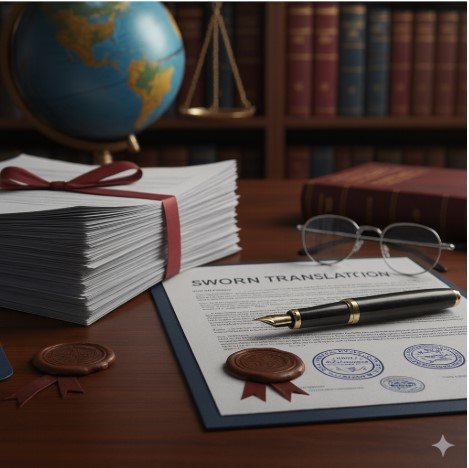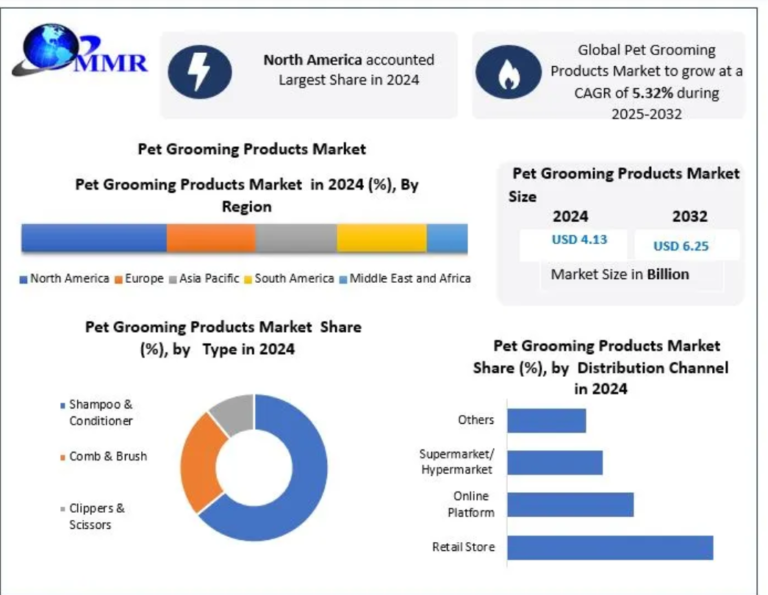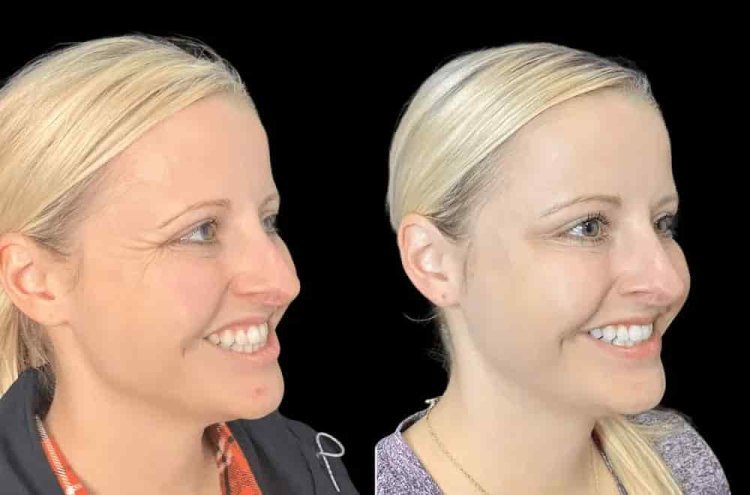Liposuction is one of the most popular cosmetic procedures worldwide, but there’s still a lot of confusion surrounding it—especially regarding how much fat can actually be removed during liposuction surgery. Many people imagine it as a quick-fix weight-loss procedure, but in reality, liposuction is more about body sculpting and fat removal surgery rather than shedding large amounts of weight.
If you are considering liposuction or simply curious about the process, here’s everything you need to know about how much fat can be removed, safety guidelines, and how to maintain long-lasting results.
What Is Liposuction Surgery?
Liposuction surgery is a cosmetic fat removal surgery designed to remove stubborn fat deposits that do not respond to diet and exercise. It targets areas such as:
-
Abdomen and waist
-
Thighs and hips
-
Back and love handles
-
Arms and double chin
-
Chest (including male breast reduction)
Unlike weight-loss surgeries, liposuction is not meant for obesity treatment. Instead, it is ideal for refining body contours and giving you a more sculpted, proportionate appearance.
How Much Fat Can Be Removed During Liposuction?
This is the most asked question, and the answer depends on safety guidelines and individual factors.
✅ The Safe Limit: Most plastic surgeons agree that removing up to 5 liters (around 11 pounds) of fat in one session is safe.
✅ Why the Limit? Removing more than this can increase risks such as excessive bleeding, fluid imbalance, and loose or sagging skin.
However, this is not a “one-size-fits-all” number. Factors influencing how much fat can be removed include:
-
Your Body Mass Index (BMI) – Higher BMI patients may tolerate slightly higher fat removal.
-
Skin elasticity – Good skin elasticity helps the skin retract smoothly after fat removal.
-
Overall health – Conditions like diabetes or heart issues may limit the amount of fat removed.
-
The area treated – Larger areas like the abdomen allow more fat removal compared to delicate areas like the chin.
Is More Fat Removal Always Better?
Not necessarily. While it might sound tempting to remove as much fat as possible, precision is more important than volume. Over-aggressive fat removal can lead to:
-
Irregular skin contours
-
Excessive bruising or bleeding
-
Skin sagging or dimpling
-
Longer recovery time
The goal of liposuction surgery is to sculpt and enhance your natural shape, not drastically reduce your weight.
Liposuction Is Not a Weight-Loss Solution
Many people assume liposuction will make them drop several dress sizes instantly, but that’s a misconception. While 5 liters of fat removal may sound significant, it usually results in 1–3 kg of weight loss. The real transformation is visual and contour-based, making the body appear slimmer and more toned.
Ideal candidates for liposuction are people who are close to their ideal body weight but struggle with localized fat pockets.
Multiple Sessions vs Single Procedure
If you require significant fat reduction, your surgeon may recommend staged liposuction surgery, where the procedure is done in multiple sessions over a few months. This approach:
-
Reduces risks
-
Allows skin to heal and retract properly
-
Achieves smoother, natural-looking results
Can Fat Come Back After Liposuction?
Here’s the good news: The fat cells removed during liposuction are gone permanently. However, this doesn’t mean you can’t gain weight after surgery. If you gain weight later, remaining fat cells in untreated areas can expand.
For example:
-
If you had abdominal liposuction and gain weight later, fat may deposit in your thighs, arms, or back instead of your abdomen.
-
Moderate weight fluctuations (2–4 kg) won’t affect your results much, but significant weight gain can alter your body shape.
Long-Term Results Depend on Lifestyle
For long-lasting results after fat removal surgery:
✅ Maintain a healthy diet
✅ Stay physically active
✅ Drink plenty of water and follow post-op care
✅ Avoid major weight fluctuations
Recovery After Liposuction Surgery
Recovery varies based on the technique used (traditional, VASER, or laser liposuction).
-
Back to light activities: 3–7 days
-
Full recovery: 3–4 weeks
-
Final results visible: 2–3 months after swelling subsides
Compression garments are often recommended to help the skin tighten smoothly over the new contours.
Is There a Limit Per Body Area?
Yes. Each area has its own safe removal range. Removing too much fat from a single area can cause contour irregularities or skin sagging. A skilled surgeon ensures fat removal is proportionate to your overall body structure.
Why Choosing the Right Surgeon Matters
The success of liposuction surgery depends heavily on the surgeon’s skill and artistic approach. Precision, symmetry, and understanding of body proportions are crucial for natural-looking results.
If you are looking for the best plastic surgeon in Gurgaon, Dr. Preeti Yadav is a trusted name in body contouring and fat removal surgery. With years of experience and a patient-focused approach, she ensures safety, precision, and aesthetically pleasing results.
Final Thoughts: Liposuction Is About Sculpting, Not Drastic Fat Removal
So, How Much Fat Can Be Removed During Liposuction? The answer lies in finding the right balance—safe fat removal, enhanced body contours, and a healthier lifestyle to maintain the results.
If you’re considering liposuction in Gurgaon, consult with Dr. Preeti Yadav, a highly skilled and trusted plastic surgeon, to understand the best approach for your body goals.
Thank you, Tricky, for giving us the opportunity to spread awareness about fat removal surgery and share expert insights to guide people in their aesthetic journey





